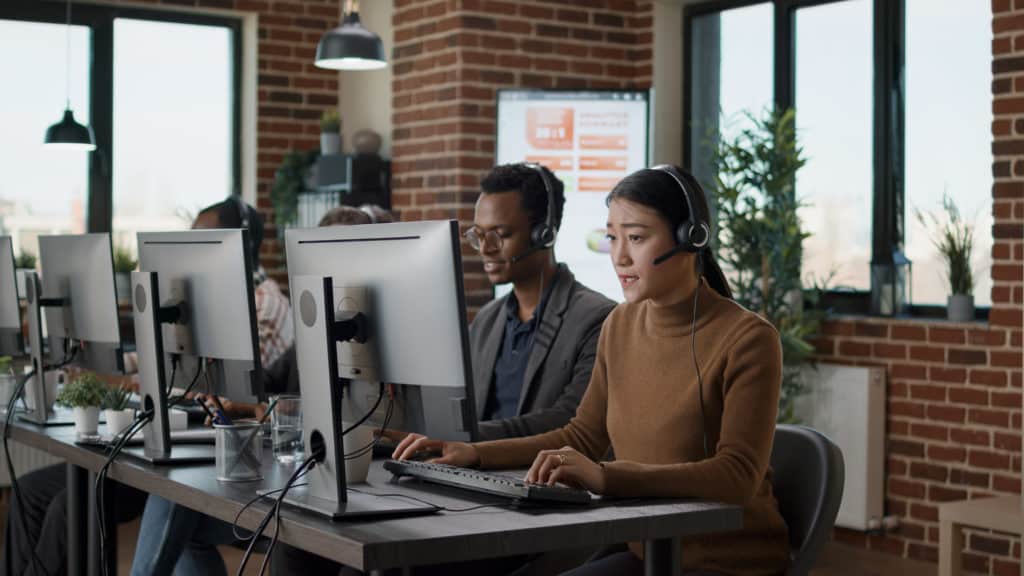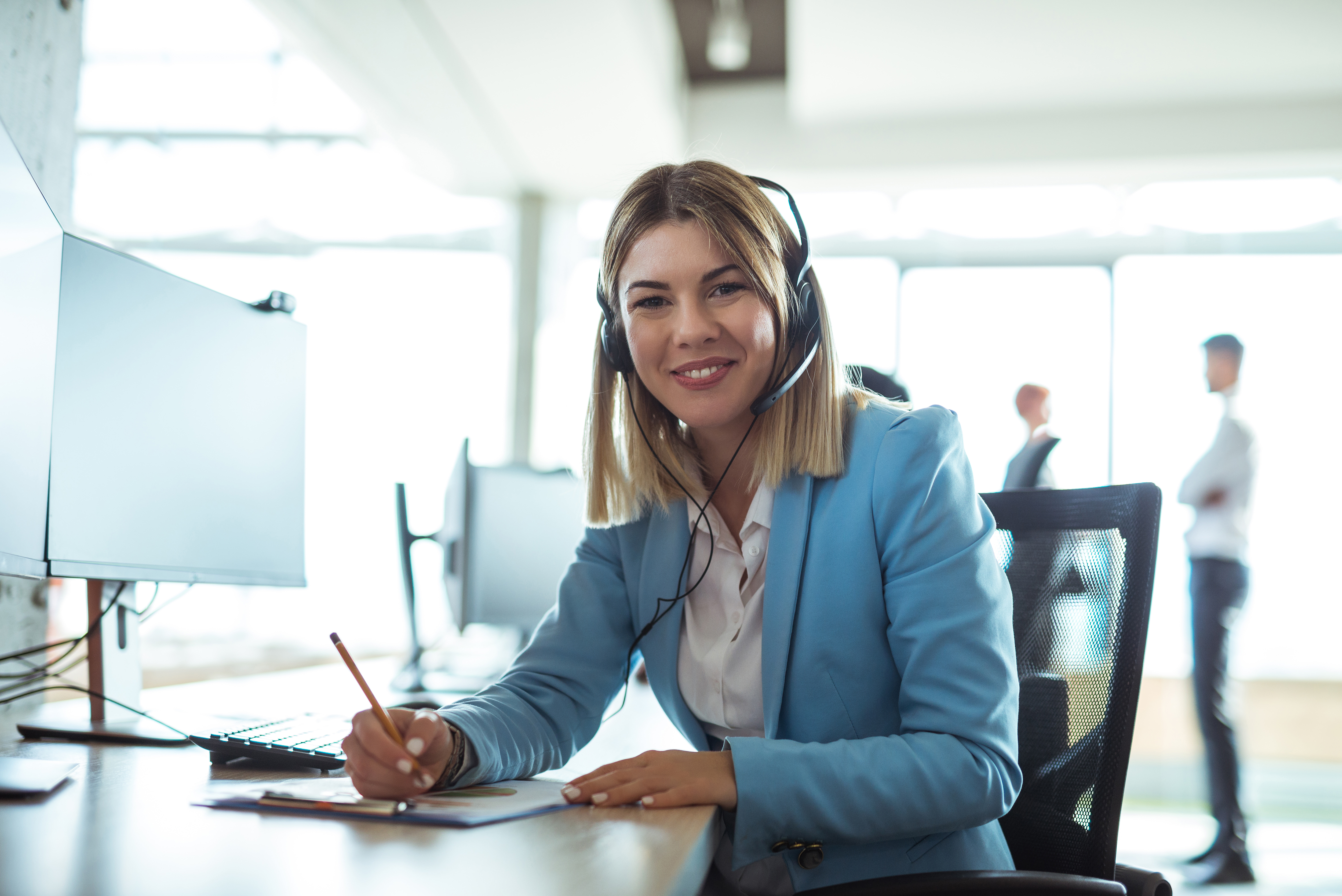All Categories
Featured
Table of Contents
- – Which Is The Best Discover How To Set Up A Call...
- – Which Is Best What Are Call Answering Services...
- – What Is The Best A Guide To Using Automated An...
- – What Is The Best Live Answering Services - Au...
- – Best Telephone Answering Service Melbourne Cb...
- – When Are The Best Phone Answering Services -...
Which Is The Best Discover How To Set Up A Call Answering Service With A 7- ...
This gadget and its followers were developed by Sava Jacobson, an electrical engineer with a private consulting organization. While early voice mail used magnetic tape technology, many modern-day devices utilizes strong state memory storage; some gadgets use a mix of both, with a solid-state circuit for the outbound message and a cassette for the incoming messages.
"toll saving" listed below) (virtual telephone answering service). This works if the owner is evaluating calls and does not want to consult with all callers. In any case after going, the calling celebration must be informed about the call having actually been addressed (in many cases this begins the charging), either by some remark of the operator, or by some welcoming message of the TAD, or dealt with to non-human callers (e.
This holds specifically for the Little bits with digitally kept greeting messages or for earlier devices (prior to the rise of microcassettes) with a special endless loop tape, separate from a 2nd cassette, committed to recording. There have been answer-only devices with no recording capabilities, where the welcoming message had to notify callers of a state of present unattainability, or e (virtual call answering service).
Which Is Best What Are Call Answering Services? - Explained Brand

about schedule hours. In taping Little bits the welcoming normally consists of an invitation to leave a message "after the beep". An answering device that utilizes a microcassette to record messages On a dual-cassette answerphone, there is an outgoing cassette, which after the defined number of rings plays a pre-recorded message to the caller.

Single-cassette voice mail include the outbound message at the beginning of the tape and incoming messages on the staying space. They first play the statement, then fast-forward to the next readily available space for recording, then record the caller's message. If there are lots of previous messages, fast-forwarding through them can trigger a significant hold-up.
This beep is frequently referred to in the welcoming message, asking for that the caller leave a message "after the beep". Littles with digital storage for the recorded messages do not reveal this hold-up, obviously. A little might use a remote control center, where the answerphone owner can call the house number and, by getting in a code on the remote telephone's keypad, can listen to taped messages, or delete them, even when far from house.
What Is The Best A Guide To Using Automated Answering Systems For Your Money

Therefore the maker increases the variety of rings after which it addresses the call (generally by 2, resulting in 4 rings), if no unread messages are currently kept, but answers after the set variety of rings (normally 2) if there are unread messages. This enables the owner to learn whether there are messages waiting; if there are none, the owner can hang up the phone on the, e.
Some makers likewise permit themselves to be remotely triggered, if they have actually been turned off, by calling and letting the phone ring a certain a great deal of times (normally 10-15). Some company abandon calls already after a smaller sized number of rings, making remote activation difficult. In the early days of Little bits a special transmitter for DTMF tones (dual-tone multi-frequency signalling) was regionally required for push-button control, given that the formerly employed pulse dialling is not apt to communicate appropriate signalling along an active connection, and the dual-tone multi-frequency signalling was carried out step-by-step.
Any inbound call is not recognizable with regard to these properties in advance of going "off hook" by the terminal equipment. So after going off hook the calls should be switched to proper devices and only the voice-type is right away accessible to a human, however maybe, however need to be routed to a LITTLE (e.
What Is The Best Live Answering Services - Australia For Your Money
What if I told you that you do not have to in fact get your device when responding to a client call? Another person will. So convenient, best? Responding to telephone call doesn't need someone to be on the other end of the line. Efficient automated phone systems can do the technique just as efficiently as a live agent and in some cases even much better.
An automated answering service or interactive voice response system is a phone system that communicates with callers without a live person on the line - local phone answering service. When companies use this technology, clients can get the answer to a concern about your business merely by utilizing interactions set up on a pre-programmed call flow.
Although live operators upgrade the consumer service experience, numerous calls do not need human interaction. An easy recorded message or instructions on how a consumer can obtain a piece of details usually fixes a caller's instant need - answering service. Automated answering services are a basic and reliable method to direct inbound calls to the best individual.
Best Telephone Answering Service Melbourne Cbd Australia To Buy
Notification that when you call a company, either for support or product inquiry, the first thing you will hear is a pre-recorded voice welcoming and a series of options like press 1 for customer care, press 2 for queries, and so on. The pre-recorded options branch out to other options depending on the consumer's selection.
The phone tree system assists direct callers to the best person or department utilizing the keypad on a cellphone. In some instances, callers can use their voices. It's worth noting that auto-attendant options aren't restricted to the 10 numbers on a phone's keypad. As soon as the caller has actually selected their first choice, you can create a multi-level auto-attendant that uses sub-menus to direct the caller to the right type of support.
The caller does not have to interact with a person if the auto-attendant phone system can manage their concern. The automatic service can route callers to an employee if they reach a "dead end" and need assistance from a live representative. It is pricey to work with an operator or executive assistant.
When Are The Best Phone Answering Services - Australian Virtual Receptionists Deals
Automated answering services, on the other hand, are substantially less costly and supply substantial cost savings at approximately $200-$420/month. Even if you do not have actually devoted personnel to deal with call routing and management, an automatic answering service improves efficiency by permitting your team to focus on their strengths so they can more efficiently spend their time on the phone.
A sales lead routed to customer support is a lost shot. If a client who has item concerns reaches the incorrect department or receives insufficient answers from well-meaning staff members who are less trained to deal with a particular type of question, it can be a cause of disappointment and discontentment. An automated answering system can lessen the variety of misrouted calls, consequently helping your staff members make much better use of their phone time while releasing up time in their calendar for other tasks.
With Automated Answering Systems, you can create an individualized experience for both your personnel and your callers. Make a recording of your primary greeting, and merely update it frequently to reflect what is going on in your company. You can produce as lots of departments or menu alternatives as you desire.
Table of Contents
- – Which Is The Best Discover How To Set Up A Call...
- – Which Is Best What Are Call Answering Services...
- – What Is The Best A Guide To Using Automated An...
- – What Is The Best Live Answering Services - Au...
- – Best Telephone Answering Service Melbourne Cb...
- – When Are The Best Phone Answering Services -...
Latest Posts
Efficient Business Phone Answering Services Near Me ( Australia 2900)
Emergency Call Answering Service Near Me – Australia
Budget-Friendly Receptionist Service – Darling Downs 4350
More
Latest Posts
Efficient Business Phone Answering Services Near Me ( Australia 2900)
Emergency Call Answering Service Near Me – Australia
Budget-Friendly Receptionist Service – Darling Downs 4350